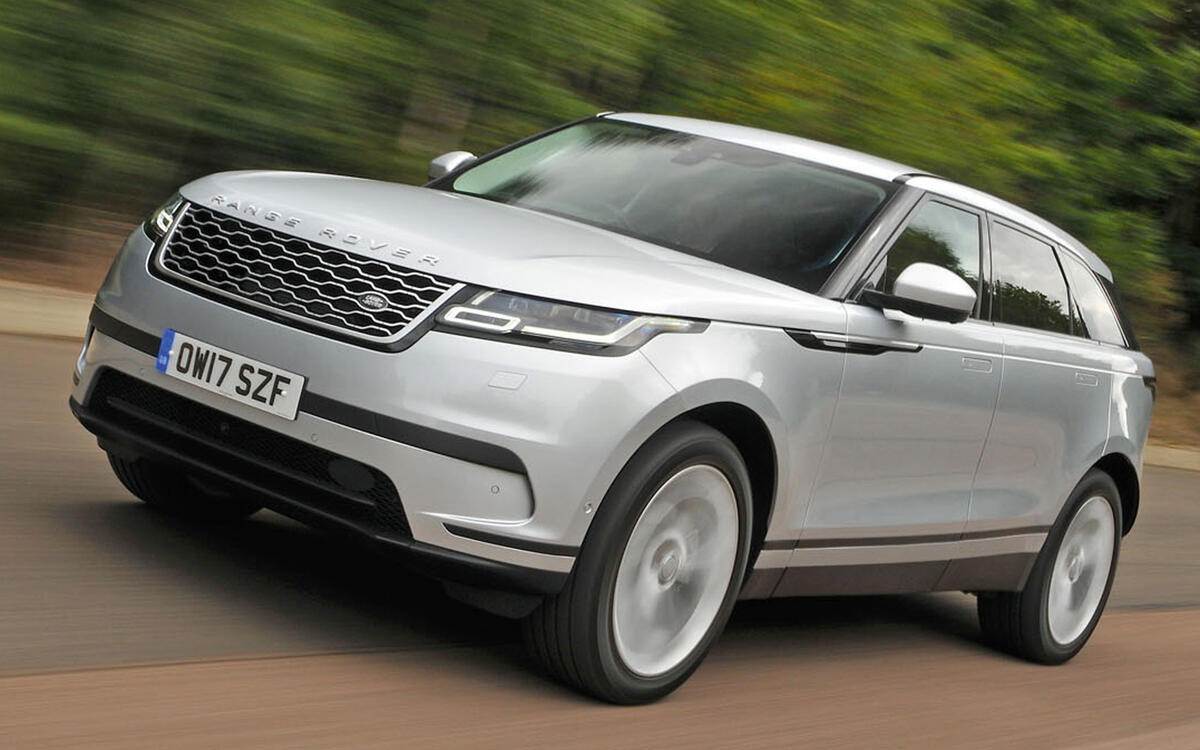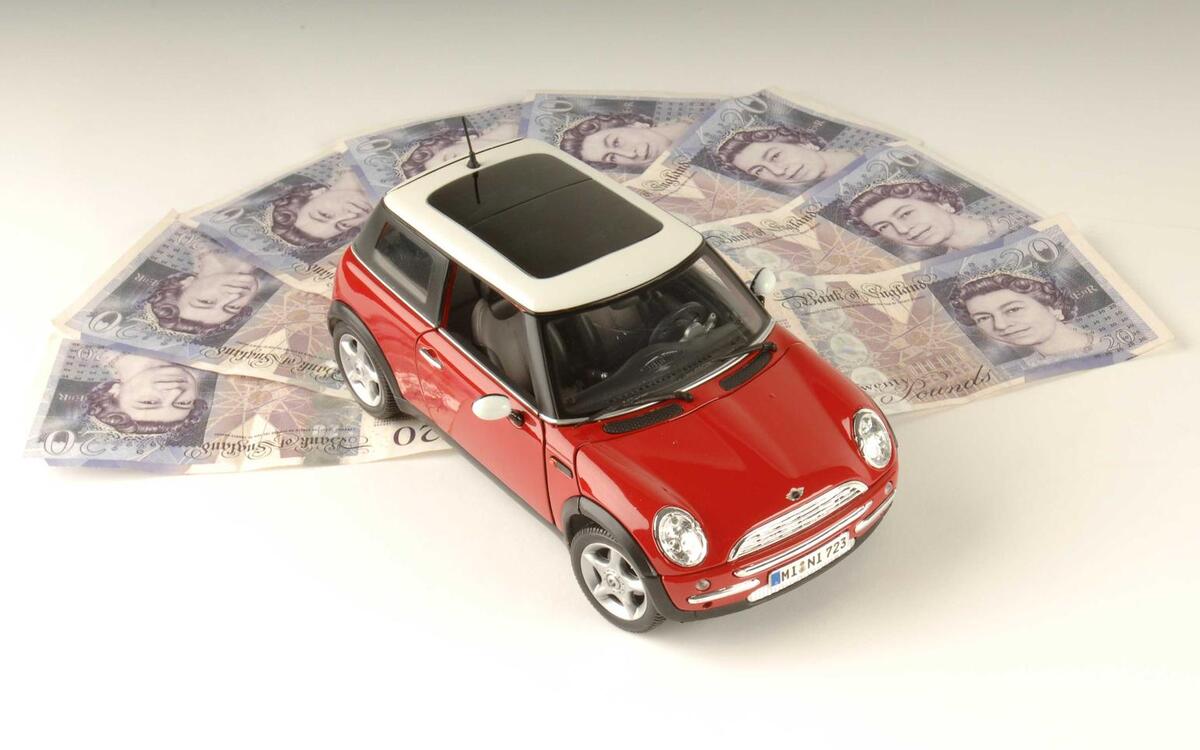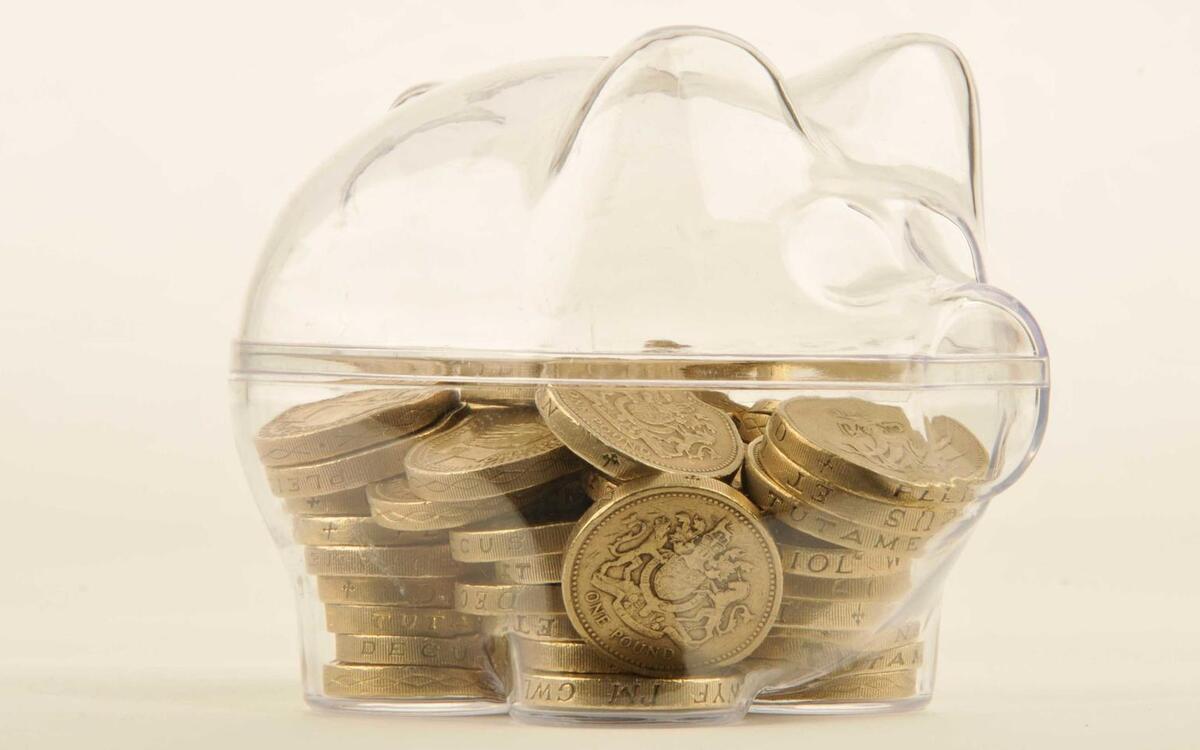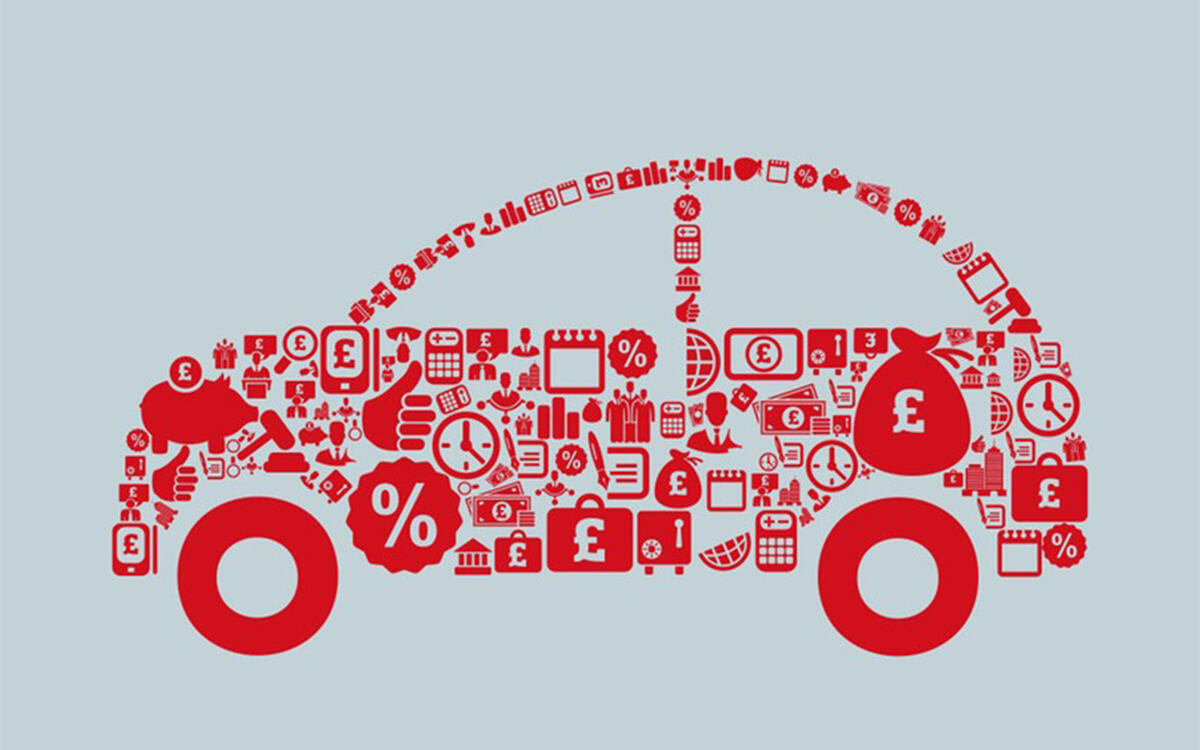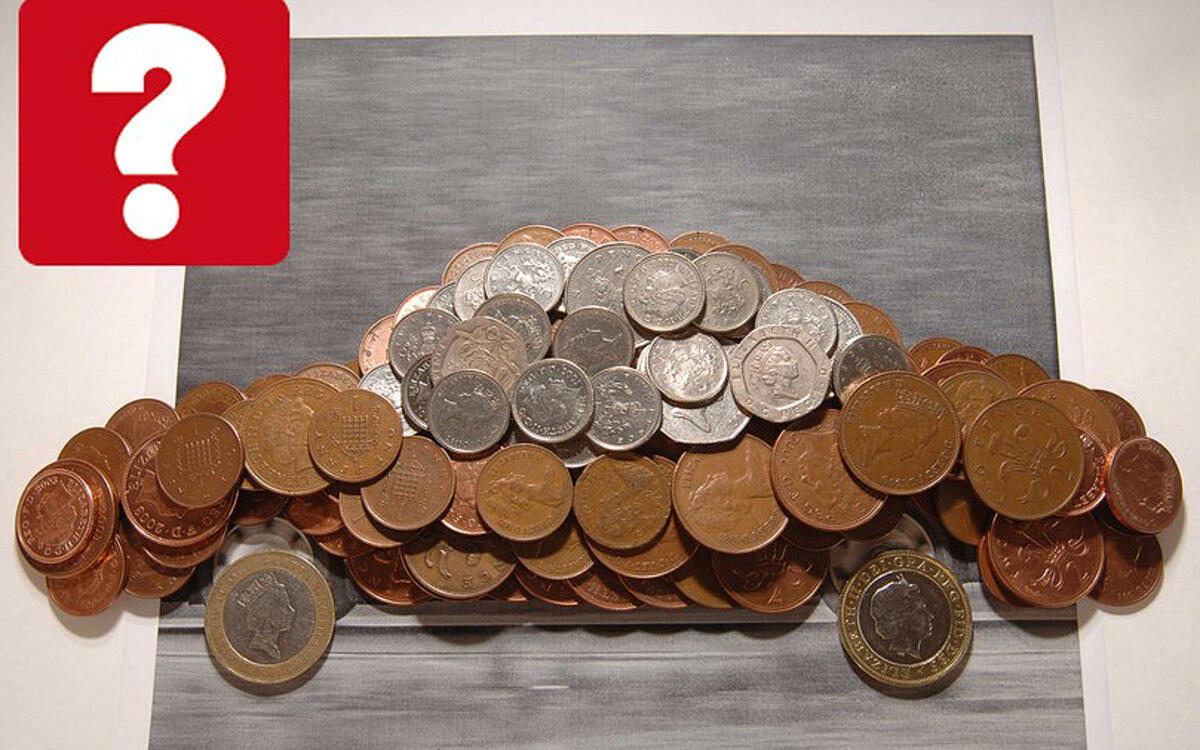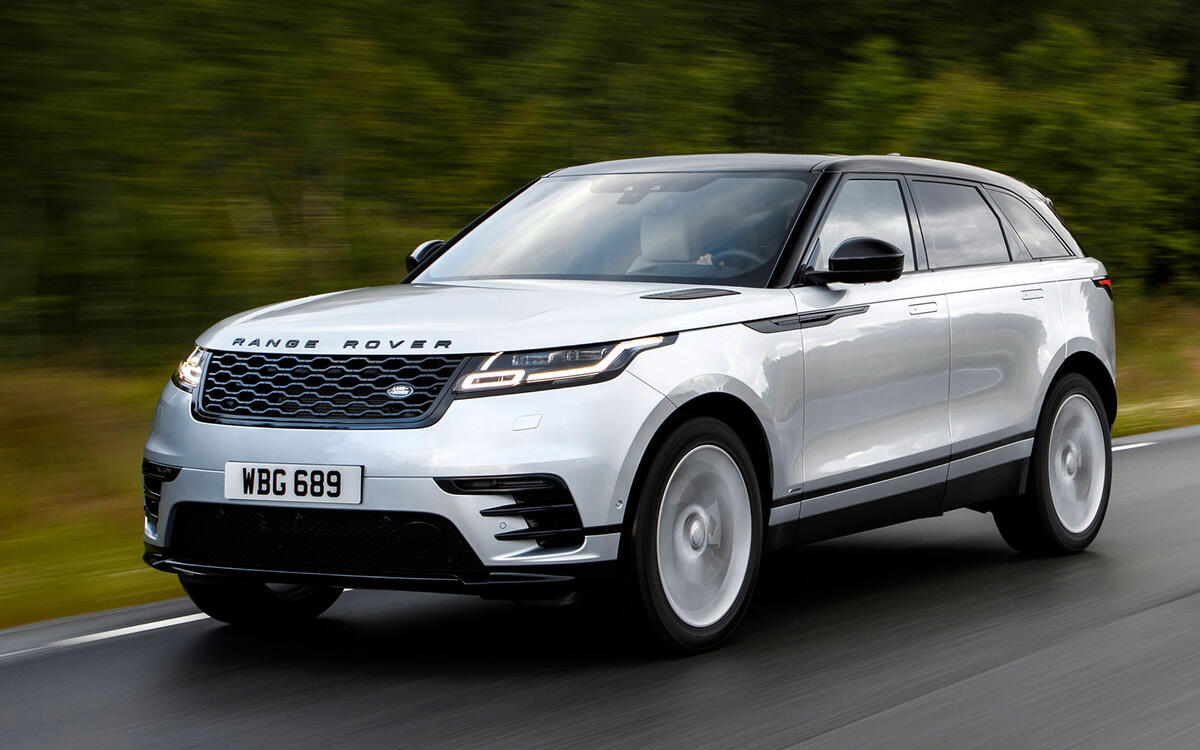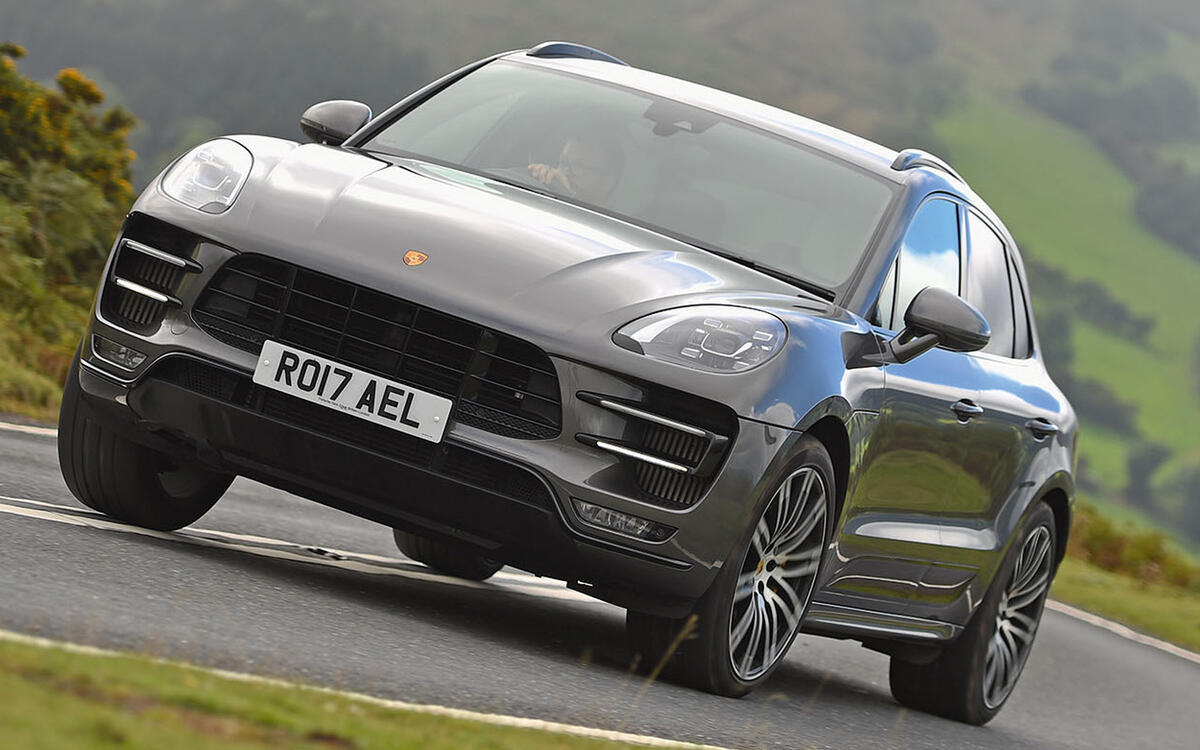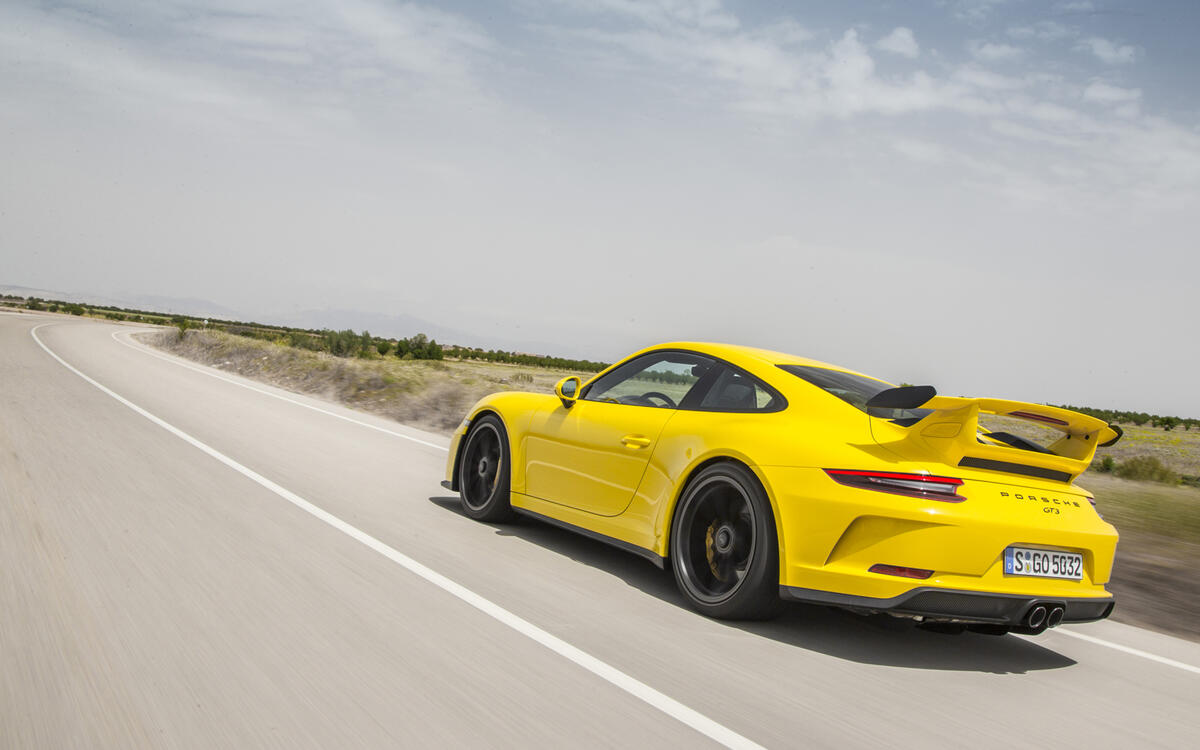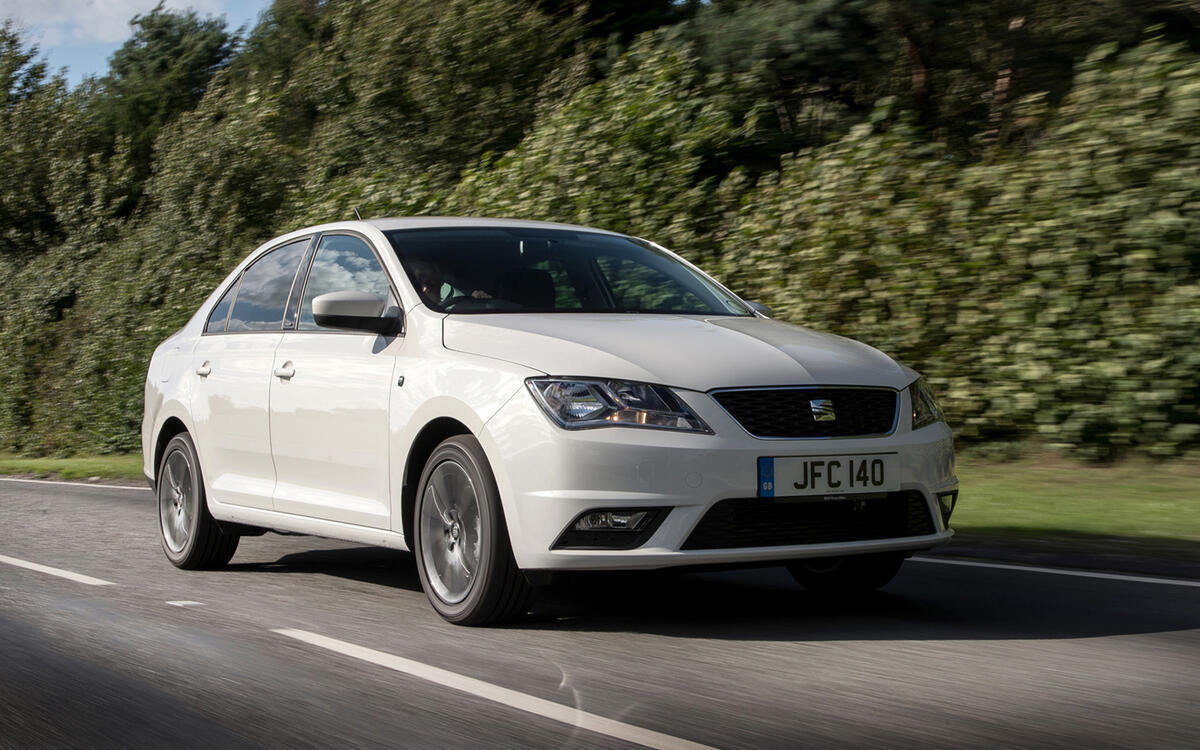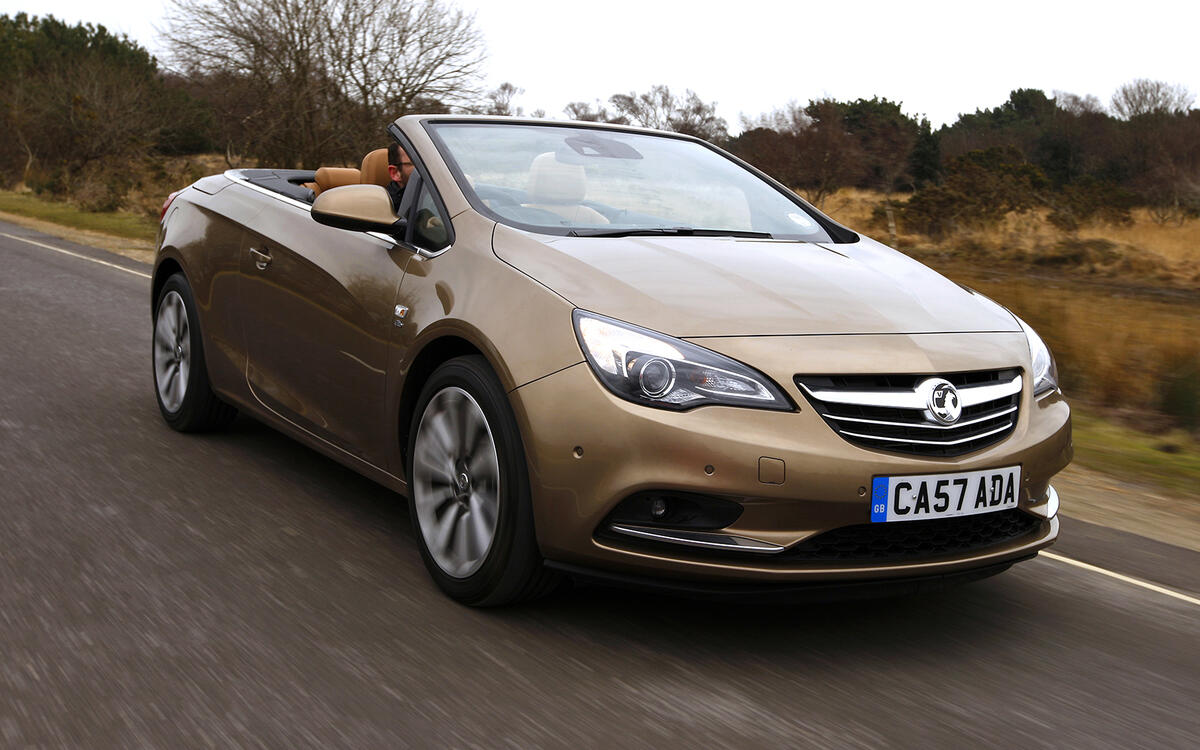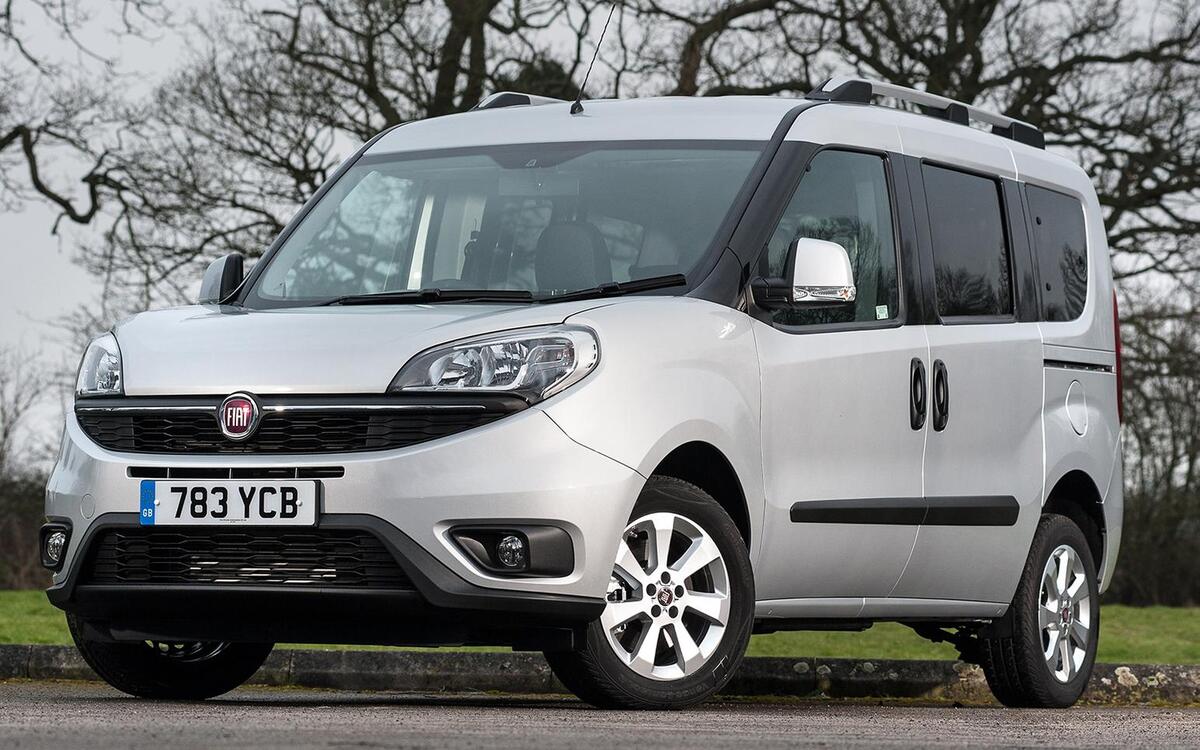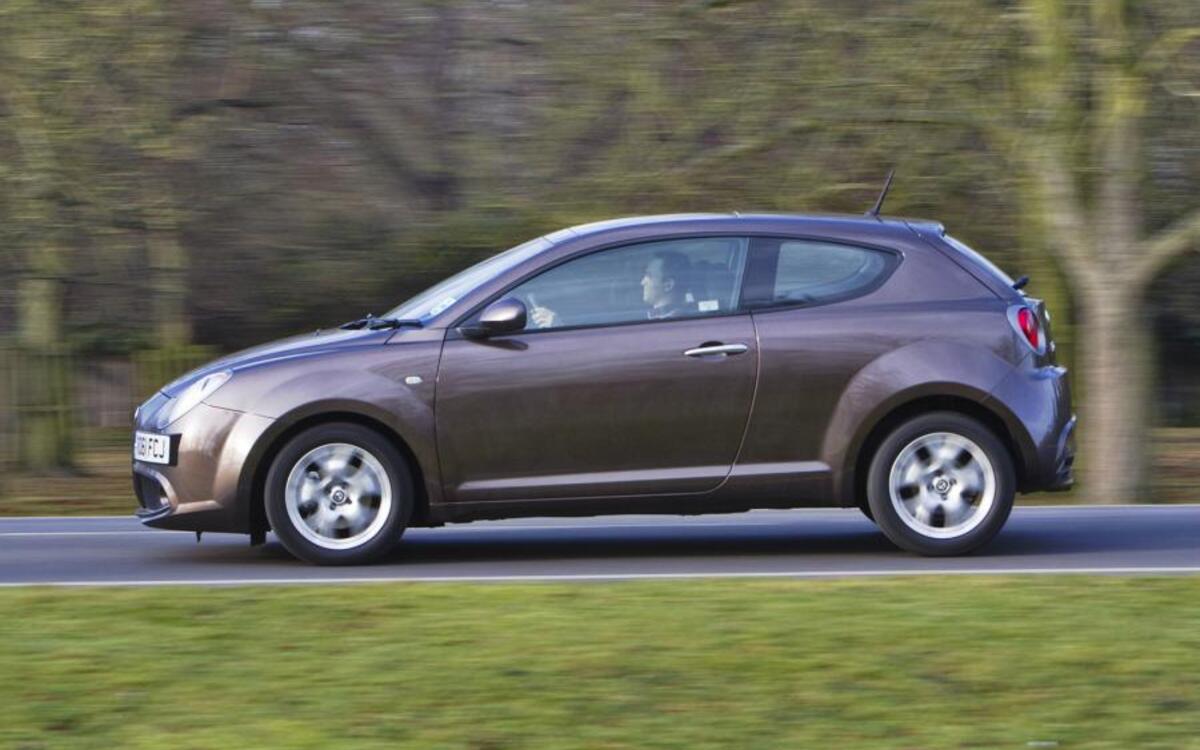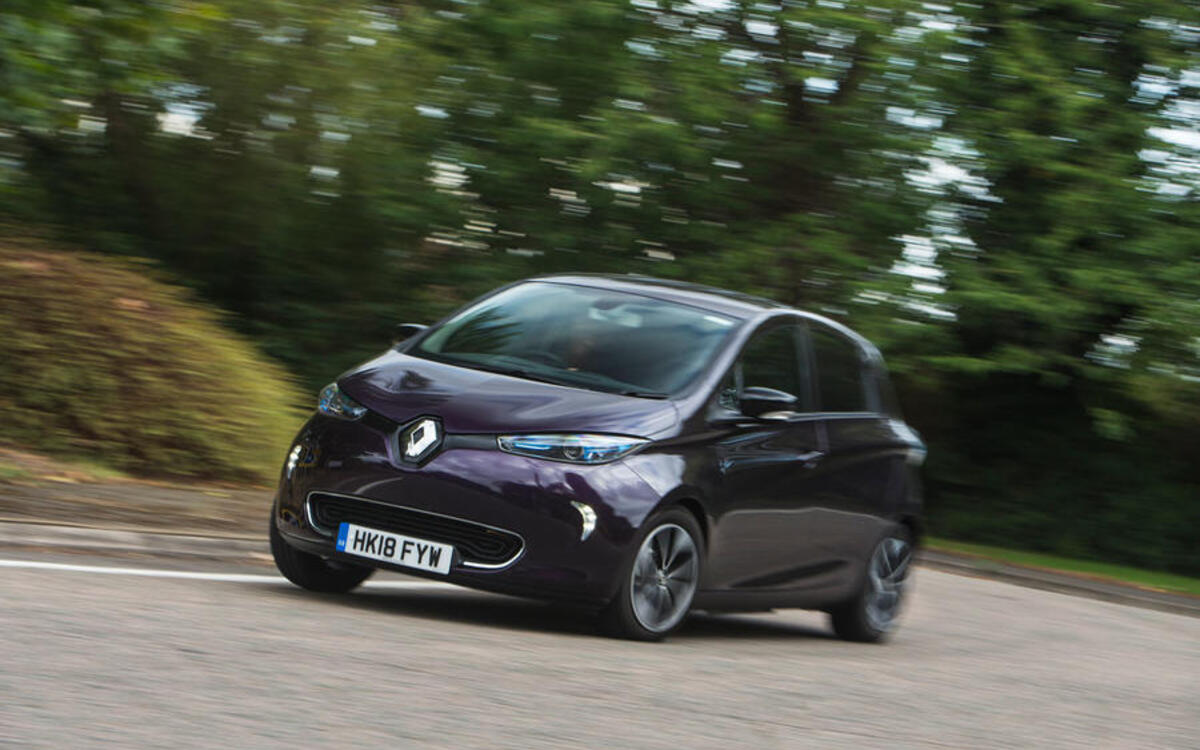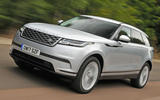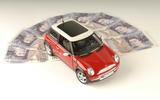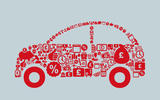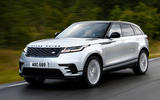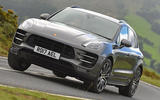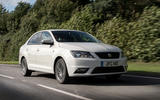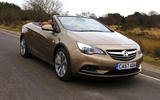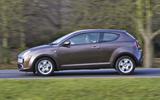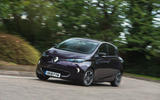 Slide of
Slide of
Depreciation in the value of a car is as inevitable as death and taxes.
The good news is that it's possible to identify the worst offenders and mitigate its effects.
Most cars lose between 50% and 60% of their value in the first three years of ownership. The rate of depreciation is dependent on a variety of factors, which broadly fall into three categories: price, running costs and quality – both perceived and actual:
 Slide of
Slide of
What is car depreciation?
Depreciation is the difference between the amount you buy your car for, and the amount you get back when you sell it on or trade it in.
It's worth remembering that most cars will take their biggest hit of depreciation in their first year of ownership, and that gradually slows down after the third year. By the time you've reached the eighth year of ownership, depreciation reaches a standstill.
Depreciation is often overlooked when buying a car, and consumers tend to focus on fuel economy instead. While economy is important, choosing a car which depreciates slowly will save you more money in the long run than fewer trips to the petrol station.
How price affects depreciation
Residual car values are expressed as percentages of the original showroom price. In percentage terms, the depreciation variation between small and large cars may seem quite slight, but in terms of pound notes, the difference is considerable. A 55% depreciation on a £8000 city car equates to £4400, while the same percentage fall on a £40,000 luxury car means a loss of £22,000.
French manufacturers have for a long time been attempting to convince buyers that their premium cars can rival models from Audi and Mercedes; so far without much success. For example, Citroën's now-discontinued C6 large executive car was one of the fastest-depreciating cars in history. That's not to say it's a bad car, but until large French cars can improve their perception of quality, the prognosis for depreciation-avoidance is gloomy.
 Slide of
Slide of
How running costs affect depreciation
With political turmoil in many oil-producing countries and growing demand in emerging markets conspiring to push up the price of fuel, MPG is a key influence on depreciation. Not surprisingly, large cars – especially petrol-engined saloons – tend to suffer the most.
This type of car can seem like an amazing bargain on the used market, but this only holds true if you can afford the running costs. Servicing and parts for a luxury car that was £70,000 when new will all be based on that original premium price. This partly explains why smaller cars, including small cars and city cars, are so popular in the UK – the costs of running such a car are considerably lower.
 Slide of
Slide of
How quality affects depreciation
In the days before the internet became so prevalent, the perception of a car's quality was more of a personal decision. However, the internet makes it much more quantifiable, thanks to the huge amount of data and opinion that's in the public domain.
Websites make it easy to find out how many warranty claims or recalls a car has generated, and what owners have said about dealers when it comes to fixing problems. All this data – positive or negative – will affect how much depreciation will hit cars.
In truth, there are very few bad new cars on sale today. With this in mind, a misplaced but enduring sense of negativity about large brands can work to the advantage of a smart buyer.
Ford, for example, has worked tirelessly to boost its brand image, but there's still a distinction between the performance of its products (which is generally excellent) and the UK public's historically biased perception of the manufacturer's quality. The result for buyers – not just of Fords, but of most mainstream brands – is a big stock of great-value used cars, and big discounts on new or nearly new vehicles.
 Slide of
Slide of
How to reduce the effects of depreciation
With the causes of depreciation in hand, you should be better-prepared to reduce its effects when buying a car. The obvious answer is to buy in-demand cars with low running costs – such as city cars and superminis.
However, such cars won't be right for everyone, so buyers will need to look at other ways to avoid plunging residual values. Other measures you can take to reduce depreciation include keeping a comprehensive record of service checks and MOT certificates, keeping your mileage low and keeping the car in good condition.
Part of the answer is to reduce depreciation percentages by buying your car for less in the first place – resulting in a smaller percentage of less when you come to sell on. What Car?'s Target Price – a constantly updated database which tells you the maximum you should pay for a new car – is a great place to start.
So what are the slowest & fastest depreciating cars? Read on:
 Slide of
Slide of
FIVE SLOWEST DEPRECIATING CARS
5. Range Rover Velar D180
List price: £44,630
Value after... Year 1: £37,850 (84.8%) Year 2: £32,075 (71.9%) Year 3: £28,950 (64.9%)
The Velar is very much the new kid on the SUV block. Designed to sit between the entry-level Range Rover Evoque and the cheapest Range Rover Sport, the Velar's sloping roofline makes it a more stylish entry into this market. It still faces big competition, though, mainly from the BMW X4 and Mercedes GLC Coupé.
This D180 engine is the entry-level diesel choice, but its combination of performance and fuel economy means it's likely to be a big hit with company car drivers. Even the most basic Velars come with the essentials – a DAB radio, Bluetooth, keyless entry, automatic emergency braking and LED headlights are all standard.
 Slide of
Slide of
4. Porsche Macan Turbo Performance
List price: £69,560
Value after... Year 1: £57,175 (82.2%) Year 2: £48,775 (70.1%) Year 3: £45,150 (64.9%)
The regular Macan is no slouch in the world of prestige SUVs, but the Macan Turbo with the optional Performance Package is nothing short of blisteringly rapid. Its 3.6-litre engine is capable of shocking acceleration and is offered with Porsche's PDK automatic gearbox.
The Macan is great to drive and offers a high-quality interior, and Turbo Performance models come with plenty of kit. Just spare a thought for your passengers, though, because the rear seats don't offer much space.
 Slide of
Slide of
3. Porsche 911 GT3
List price: £118,857
Value after... Year 1: £114,600 (96.4%) Year 2: £94,675 (79.7%) Year 3: £79,975 (67.3%)
This hardcore version of the regular Porsche 911 swaps a little everyday comfort for out-and-out pace. It's ludicrously fast, gorgeous to look at and delightful to drive – and it's cheaper to buy than the 911 Turbo.
The 911 GT3's power comes from a 4.0-litre engine developing 493bhp. As you'd expect, it's a great car to drive quickly and, whether you're on road or track, you're likely to end each journey with a smile on your face.
 Slide of
Slide of
2. Ferrari 488 GTB
List price: £182,844
Value after... Year 1: £175,000 (95.7%) Year 2: £145,475 (79.6%) Year 3: £125,025 (68.4%)
The 488 GTB is Ferrari's follow-up to the 458 Italia and sits at the very heart of the Italian manufacturer's range – above the California T but below the V12-engined GTC4 Lusso. It's also worth bearing in mind that the figure printed above is the car without any options; since most owners are likely to personalise their cars, it's likely that the price tag will actually start with a 2.
The 488 GTB is powered by a 3.9-litre V8 petrol engine and can cover the 0-62mph sprint in 3.0sec. It's fabulous to drive, yet also surprisingly easy to live with. Running costs are as eye-watering as you'd expect at this price point.
 Slide of
Slide of
1. Range Rover Sport 2.0 SD4 HSE
List price: £60,815
Value after... Year 1: £52,425 (86.2%) Year 2: £46,100 (75.8%) Year 3: £43,225 (71.1%)
If you want to buy a new car and for it to lose the least amount of money in three years, then step right up to the driver's door of the Range Rover Sport. This large SUV is as capable off road as it is on it, as refined as most luxury cars and offers a sumptuous and well-equipped interior.
Now, while the entry-level 2.0-litre petrol engine takes the top spot here, the rest of the Range Rover Sport line-up is equally impressive when it comes to depreciation. Go for our recommended model – the SDV6 HSE – and your car will still retain 66% of its value after three years.
And onto the fastest depreciating cars...
 Slide of
Slide of
FIVE FASTEST DEPRECIATING CARS
5. Seat Toledo 1.6 TDI 115 Xcellence
List price: £21,970
Value after... Year 1: £8675 (39.5%) Year 2: £7050 (32.1%) Year 3: £5675 (25.8%)
The Seat Toledo is very closely related to the Skoda Rapid – it's basically the same car with different badges – so it suffers from all the same problems, including heavy depreciation.
The Toledo isn't even particularly cheap to buy new, with the fastest depreciating version costing almost £22,000 and losing £16,295 of that in the first three years.
 Slide of
Slide of
4. Vauxhall Cascada 2.0 CDTi 170 Elite
List price: £32,990
Value after... Year 1: £12,925 (39.2%) Year 2: £10,450 (31.7%) Year 3: £8350 (25.3%)
Vauxhall's Cascada is a surprisingly comfortable and solid feeling convertible that's spacious enough to seat four, but it's saddled with a price tag that's best described as optimistic.
Vauxhall argued that the Cascada is actually well priced compared with something like an Audi A5 Cabriolet, but the sales figures suggested that buyers disagreed. It was withdrawn from sale in July, but there are some nearly-new examples out there with steep discounts available.
 Slide of
Slide of
3. Fiat Doblo 1.6 Multijet 120 Active (Eco Pack)
List price: £24,487
Value after... Year 1: £8750 (35.7%) Year 2: £6850 (28.0%) Year 3: £5550 (22.7%)
This van-based people carrier has loads of space for five and sliding rear doors that make it easy to get children in and out even in tight parking spaces. But its seats aren't as clever as those in the best MPVs, and it's nowhere near as refined.
Active versions of the Doblo also come quite basically equipped, yet they're still not particularly cheap to buy new.
 Slide of
Slide of
2. Alfa Romeo Mito 1.3 JTDM-2
List price: £15,980
Value after... Year 1: £5325 (33.3%) Year 2: £4375 (27.4%) Year 3: £3500 (21.9%)
Like the bigger Giulietta, the Mito primarily sells on style. The trouble is you also get that from the Audi A1 and Mini hatchback, two cars that better it in all other areas.
The A1 and Mini also retain more than twice as much of their value as the Mito during a typical ownership period, so it's very hard to make a case for the Alfa; it loses a shocking 66% in value in the first year alone. It will be withdrawn from sale in early 2019.
 Slide of
Slide of
1. Renault Zoe I-Dynamique Nav Quick Charge
List price: £29,020
Value after... Year 1: £7250 (25.0%) Year 2: £6175 (21.3%) Year 3: £5100 (17.6%)
At the 2018 What Car? Awards, the Zoe was named best electric car for less than £20,000, because it can realistically travel more than 170 miles between charges, and combines a practical interior with tidy handling and a long list of standard equipment.
In spite of all its stengths, though, the Zoe depreciates faster than than any other car on sale today; you'll lose almost £22,000 on the I-Dynamique Quick Charge version in the first year alone. We suspect the need to lease a battery for £59 per month (or £69 for the latest ZE49 model) is a major turn-off.
What is car depreciation and how can I minimise its effects? Our full guide gives you top tips on avoiding losing too much value from your car...
Advertisement


